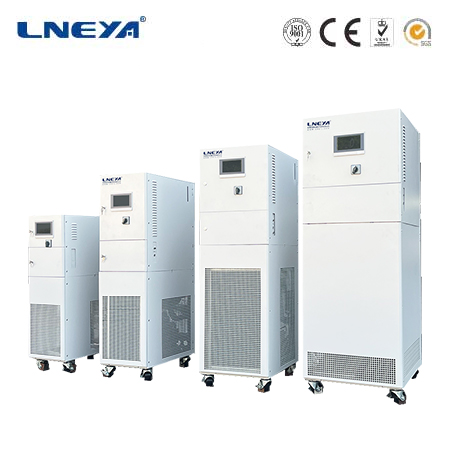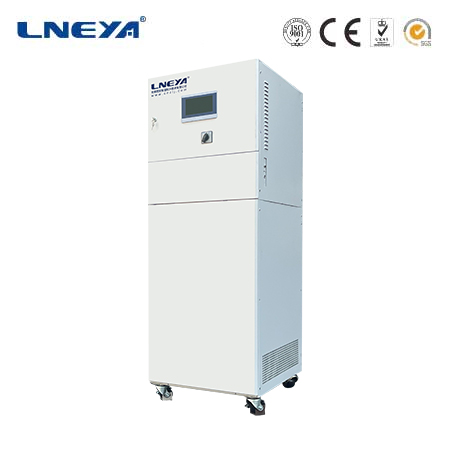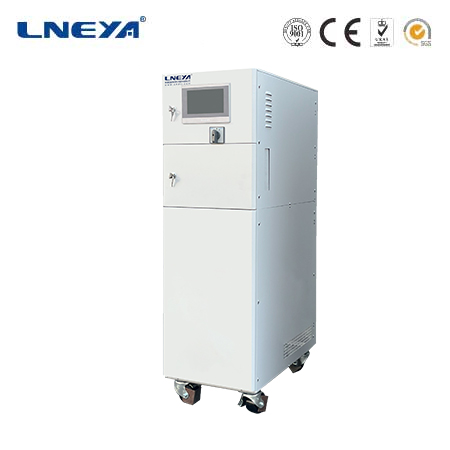temperature cooling system
Introduction to Temperature Cooling Systems
Temperature cooling systems are essential in controlling temperatures to ensure the efficiency, safety, and quality of various processes and environments. These systems work by removing excess heat and maintaining a desired temperature set-point, which is critical in industries such as manufacturing, food processing, and data centers.

Principles and Components of Temperature Cooling Systems
The basic principle of temperature cooling systems involves the transfer of heat from one medium to another, typically using a refrigerant that undergoes phase changes to absorb and release heat. Key components of these systems include:
Compressor: Increases the pressure of the refrigerant, facilitating heat transfer.
Condenser: Releases heat from the refrigerant to the surrounding environment.
Expansion Valve: Regulates the flow of refrigerant and controls pressure.
Evaporator: Absorbs heat from the space or medium being cooled.
Types of Temperature Cooling Systems
There are several types of temperature cooling systems, each suited to different applications:
Air-Cooled Systems: Use fans to dissipate heat from the condenser, suitable for small to medium cooling needs.
Water-Cooled Systems: Utilize water as a cooling medium, providing higher efficiency in larger applications.

Evaporative Cooling Systems: Use the evaporation of water to cool air, effective in dry climates.
Applications of Temperature Cooling Systems
Temperature cooling systems are widely used across various industries:
Data Centers: Maintain optimal temperatures for servers and IT equipment, preventing overheating and ensuring reliability.
Industrial Processes: Control temperatures in manufacturing processes, such as chemical reactions or material成型.
Food Processing: Preserve food quality and safety by maintaining consistent storage and processing temperatures.
Energy Efficiency in Temperature Cooling Systems
Energy efficiency is a critical aspect of temperature cooling systems. Modern systems employ energy-saving technologies such as variable frequency drives (VFDs) for compressors and fans, which adjust speeds to match cooling demands. Additionally, heat recovery systems can capture waste heat for use in other processes, further improving efficiency.
Advanced Technologies in Temperature Cooling Systems
Advanced technologies are being integrated into temperature cooling systems to enhance performance and sustainability:

Heat Exchangers: Improve heat transfer efficiency, reducing energy consumption.
Phase Change Materials (PCM): Store and release thermal energy, providing more stable and efficient cooling.
Smart Controls: Use sensors and algorithms to optimize system operation based on real-time data.
Environmental Impact and Future Trends
The environmental impact of temperature cooling systems is a growing concern. As such, there is a trend towards more sustainable cooling solutions, including the use of natural refrigerants and energy recovery systems. Future developments may focus on integrating renewable energy sources, such as solar or geothermal, to power cooling systems.
Conclusion
Temperature cooling systems are indispensable in maintaining optimal temperatures for various applications. With advancements in technology and a growing focus on sustainability, these systems are becoming more energy-efficient and environmentally friendly. Understanding the principles, components, and types of temperature cooling systems is essential for selecting the right solution for specific cooling needs. As the industry continues to evolve, temperature cooling systems will play a crucial role in achieving sustainable temperature management.
Related recommendations
flow chiller
661Understanding the Factors Influencing Flow Chiller Prices Flow chillers are critical in maintaining optimal temperatures in industrial processes, and their pricing is subject to a range of dete...
View detailschiller system operation
223Chiller System Operation: A Comprehensive GuideIn the realm of modern cooling technology, chiller systems play a pivotal role in maintaining optimal temperatures across a wide range of settings, ...
View detailshot water oil heating system
308Hot Water Oil Heating System: A Comprehensive ExplanationA hot water oil heating system is a heating mechanism designed to transfer heat from hot water to oil, which is then used to provide therma...
View detailsthermic fluid heating system
367Introduction to Thermic Fluid Heating Systems Thermic fluid heating systems are engineered to transfer heat energy efficiently in industrial processes. These systems circulate a heat transfer m...
View details
 LNEYA Thermal Test Chillers
LNEYA Thermal Test Chillers







HelloPlease log in